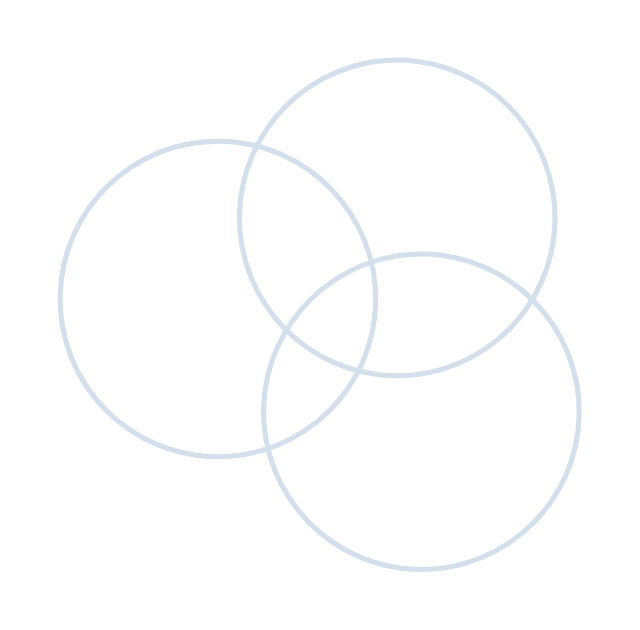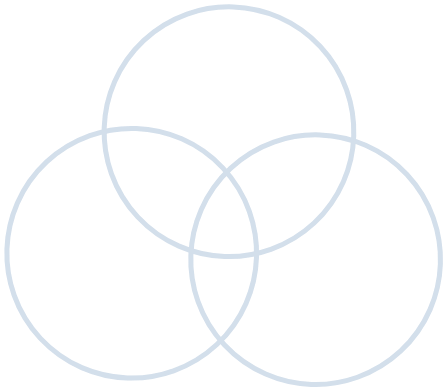

Art
Intent
At Trinity we aim to cultivate creative children who are inspired through our delivery of art and design. Our high-quality Dimensions curriculum holds many cross-curricular links to provide a real purpose to our children’s creative projects. This is designed to develop individuality in their creations. It is imperative to us that our children are able to explore their creativity through a range of materials. The National Curriculum for art and design aims to ensure that all pupils:
- Produce creative work, exploring their ideas and recording their experiences.
- Become proficient in drawing, painting, sculpture and other art, craft and design techniques.
- Evaluate and analyse creative works using the language of art, craft and design.
- Know about great artists, craft makers and designers, and understand the historical and cultural development of their art forms.
Our school encourages creativity from the very beginning of children’s schooling experience. This is done through Expressive Arts and Design in EYFS. The EYFS has a child-initiated approach which allows EAD to flourish throughout the different areas in the room, and the topic-based Dimensions curriculum ensures that all areas of EAD are covered.
Implementation
Trinity Primary School employs the Dimensions Curriculum to provide an integrated curriculum that includes Art & Desgin across subjects. Our teachers design learning sequences that both challenge and expand on previously acquired skills. An essential aspect of our curriculum is the development and enhancement of art techniques, with a strong emphasis on practical application. Students are guided on how to refine their skills within each lesson, and our curriculum places a significant emphasis on skill progression, which is evident in our teaching sequence. Additionally, we incorporate the study of renowned artists' work by linking it to other areas of the curriculum.
Impact
As a result of our art teaching at Trinity CE Primary School you will see that we celebrate our children’s progress and creativity with an art gallery to exhibit the accomplishments and skills of our students at the end of each academic year.
Our students receive regular art instruction in accordance with the Dimensions curriculum, encompassing a wide range of abilities and showing clear progression as they advance through grade levels.
Our teaching staff and students will have access to the necessary resources outlined in the Dimensions curriculum to support their lessons effectively.
Our educators will feel confident in their ability to teach art and a diverse array of skills.
Our art ambassadors will be provided with opportunities to share their work and ideas with their fellow students.
An integral aspect of this process is seeking input from students; school leaders employ pupil feedback as a valuable tool to gauge how effectively students express themselves through various artistic mediums.
In addition, we conduct periodic sketchbook ‘book looks’ throughout all grade levels to complement these efforts, ensuring that our young artists have ample opportunities to fully develop their skills and showcase their talents.
Furthermore, students will expand their knowledge of artists and their works, with the artists' creations prominently displayed throughout the school in appropriate exhibits, for example, art days, topic days, art displays, art competitions and our end of year gallery.
What is the significance of Art in the Curriculum?
Art holds immense importance because it yields profound effects on academic, social, and emotional growth. It serves as a conduit for the development of empathy, leading us to gain a deeper understanding of societies, cultures, and history. Engaging with art expands our minds beyond the confines of written text and the limits of what can be definitively proven. It fosters visual-spatial learning and fine-tunes motor skills. At Trinity Primary School, we employ the Dimensions approach to impart art education, threading it through thematic units across subjects.
In our art classes, children discover the power of self-expression and creative confidence. Our inclusive teaching strategies ensure that children with special educational needs (SEN) receive full support to unlock their potential. These opportunities empower our students to craft creations they take pride in, nurturing the resilience to refine their skills continuously. Children learn that inspiration can spring from the world around them. In the realm of art, we explore a rich tapestry of mediums, including collage, textiles, photography, drawing, painting, 3D forms, sculpture, and mixed media.
Supporting Students with SEN:
Our educators set high expectations for all students and employ meticulous assessment to establish ambitious targets. This approach is inclusive of:
- High-achieving students
- Students with prior academic challenges
- Students from economically disadvantaged backgrounds
- Students with special educational needs (SEN)
- Students with English as an additional language (EAL)
Lesson planning is carried out with the objective of enabling SEN and/or disabled students to engage in every National Curriculum subject to the greatest extent possible, ensuring that no obstacles impede any student's progress. Our commitment encompasses:
Fostering an inclusive curriculum that allows every child to savour a rich and full school experience.
Creating a school environment that celebrates diversity, embracing differences and achievements alike.
Upholding acceptance and tolerance as fundamental principles in both the core and broader curriculum.
Moreover, our teachers consider the needs of students for whom English is not their first language. Lessons are thoughtfully designed to provide teaching opportunities that aid students in developing their English proficiency and participating actively in all subjects.
For more detailed information, please refer to our Special Educational Needs and Disabilities (SEND) policy and information report.
Subject lead: Fran Galton
Curriculum Overview
Please click on the attachment below for the Art curriculum overview
Royal Academy Young Artists' Summer Show
The Royal Academy of Arts Young Artists’ Summer Show is a fantastic opportunity for children aged 4 to 18 to express their creativity and showcase their artwork on a national stage. The Young Artists’ Summer Show celebrates the imagination and talent of young people across the UK.
There is no set theme, so children can submit any artwork which truly reflects their individuality and artistic voice. Submissions can include drawing, painting, printing, photography, sculpture, textile, fashion, animation, video, or anything else that showcases their creativity!
What Judges Are Looking For:
- Imagination, originality, and skill.
- One submission per artist with a short statement or description (up to 80 words). Instead of solely describing the artistic process, artists should explain why they created the piece and what it means to them.
- Original artwork is required. While creative re-interpretation is encouraged, submissions should avoid known comic, book, or animated characters.
- AI-generated work is not permitted.
How to Submit:
- Who can submit artwork: Parents, carers, or teachers can submit artwork on behalf of the child.
- Deadline: 5th March
- Submission link: [Link for parents] and the permission form can be found below.
- Guidelines: Each submission must include a good-quality image or video of the artwork along with a short description.
Selected works will be exhibited online, and some will be displayed at the Royal Academy of Arts in London — a truly inspiring achievement for any young artist!
